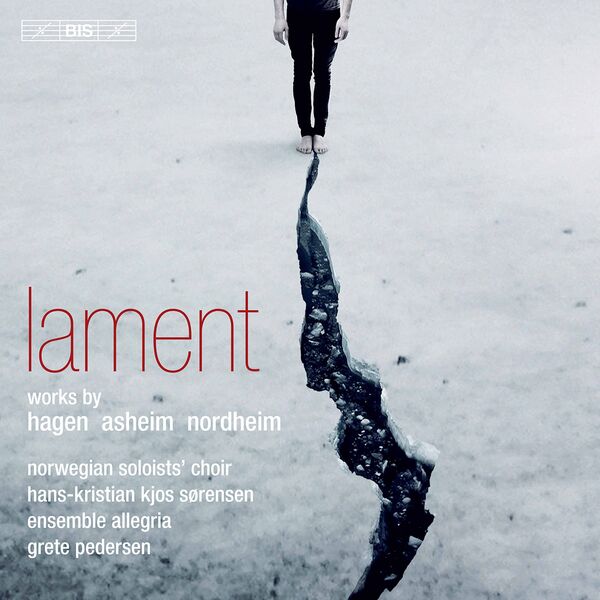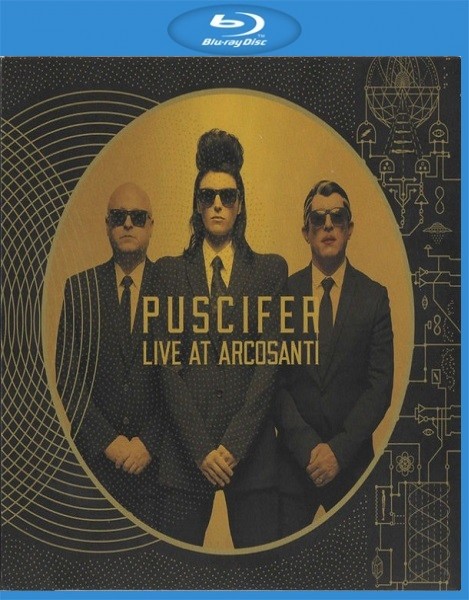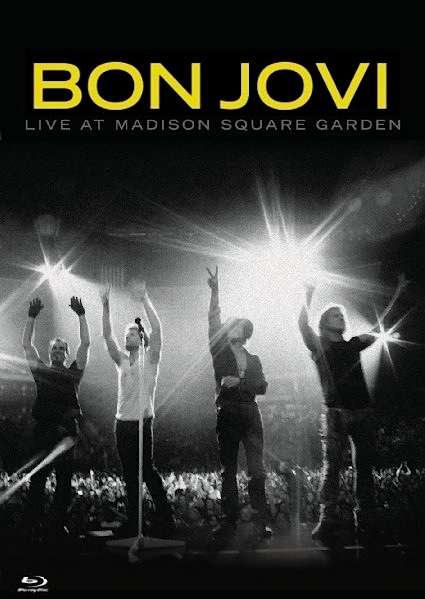
The Norwegian Soloists’ Choir, Hans-Kristian Kjos Sørensen, Ensemble Allegria & Grete Pedersen – Lament (2020)
FLAC (tracks) 24 bit/96 kHz | Time – 59:09 minutes | 922 MB | Genre: Classical
Studio Masters, Official Digital Download | Front Cover | © BIS
The Norwegian Soloists Choir and Grete Pedersen have made acclaimed recordings of music spanning a millennium from chants by Hildegard of Bingen (1098 1179) to the most recent compositions and in styles ranging from folk songs to Bach motets and Berios Coro. On their new album, the focus is on contemporary Norwegian music, with three works which all originate in words and challenge the relation between language and music. For his Lament from 2015, Lars Petter Hagen has chosen to set a short text by E. E. Cummings, written when the poet was 6 years old. The words of the poem are split up and stretched out into pulsating waves of grief, at once mysterious, beautiful and painful. Awarded the Nordic Council Music Prize in 2018, Muohta (Snow) consists of 18 sections, each setting a single word in Sámi, the language of the indigenous people in the north of Norway. The words are all related to snow, and composer Nils Henrik Asheim has found inspiration in how indigenous peoples live with nature, as opposed to seeking to control it.
Read more![Bergen Philharmonic Orchestra, Edward Gardner, James Ehnes, Hans-Kristian Kjos Sørensen - Bartók: Concerto for Orchestra; Dance Suite; Rhapsodies Nos. 1 & 2 (2017) [Official Digital Download 24bit/96kHz] Download](https://imghd.xyz/images/2022/08/23/uko24ust30dec_600.jpg)
Bergen Philharmonic Orchestra, Edward Gardner, James Ehnes, Hans-Kristian Kjos Sørensen – Bartók: Concerto for Orchestra; Dance Suite; Rhapsodies Nos. 1 & 2 (2017)
FLAC (tracks) 24 bit/96 kHz | Time – 01:20:24 minutes | 1,29 GB | Genre: Classical
Studio Masters, Official Digital Download | Digital Booklet, Front Cover | © Chandos
Among the rare works by Bartók for a full orchestra, the Dance Suite “immediately” precedes the Concerto for Orchestra, albeit by more than two decades… As with theConcerto, this was commissioned by Budapest City Hall for the 50th anniversary in 1923 of the unification of Buda, on the north bank of the Danube, with Pest, on the south. As so often with Bartók, this is “imaginary folk music”: the themes are assembled on a formal melodic and rhythmic base, made up from a stock of popular airs from Hungarian villages, but also from Romanian, Slovak and North African Arab sources. Unlike the two major orchestral works recorded here – the Concerto for Orchestra and the Dance Suite – the two rhapsodies for violin and orchestra from 1928 show us a Bartók who is returning to the “export” style of Eastern Europe, which he had inherited – like Brahms and Liszt before him – from Viennese café musicians: that is, from musicians much closer to the Romany accents than to the reality of Magyar folk music. The First Rhapsody is tinted with local colour thanks to the addition of a cimbalom in the orchestra, his one and only use of this instrument. As for the score for the Concerto for Orchestra – the most major work that he would produce in the last five years of his life in the USA, where he was a sick and demoralised refugee – it was commissioned by Serge Koussevitzky. Bartók began the work in August 1943 and completed it in eight weeks, a remarkably short period which proves that the was genuinely reinvigorated by the work: “Perhaps it’s thanks to this improvement that I was able to write the work Koussevitzky commissioned – or vice versa,” he wrote. The work was performed in December 1944 by the Boston Symphony Orchestra, and Bartók then altered the final portion, which became a little longer. On solo violin for the Rhapsodies we have James Ehnes, while Norway’s Bergen Orchestra is conducted with admirable clarity by Edward Gardner.
(more…)





